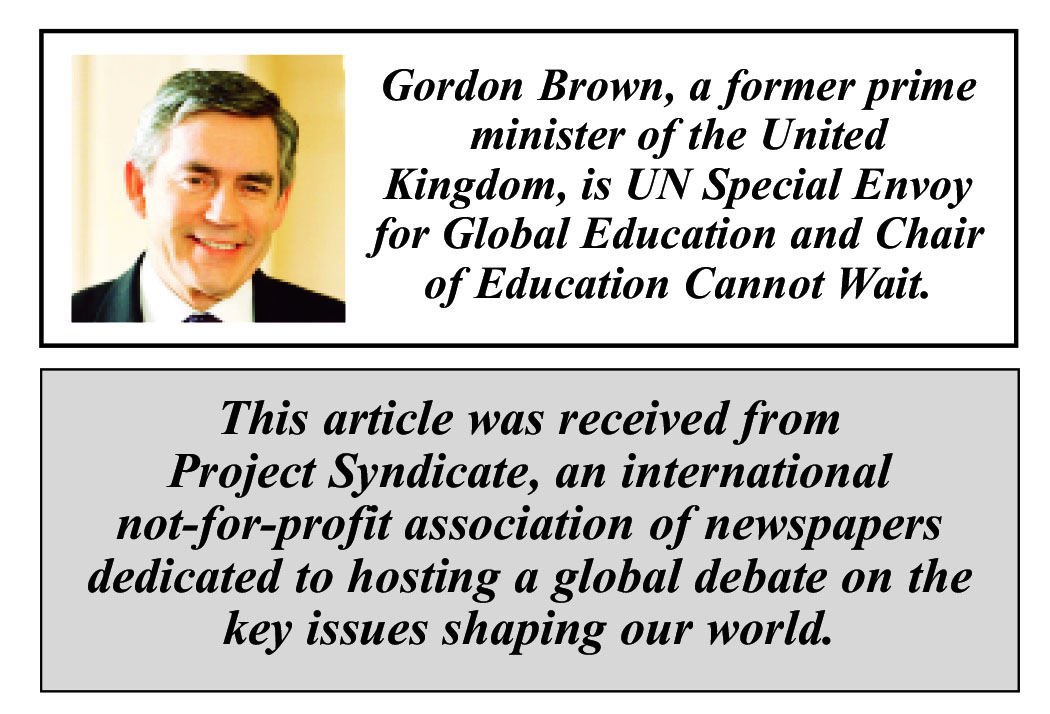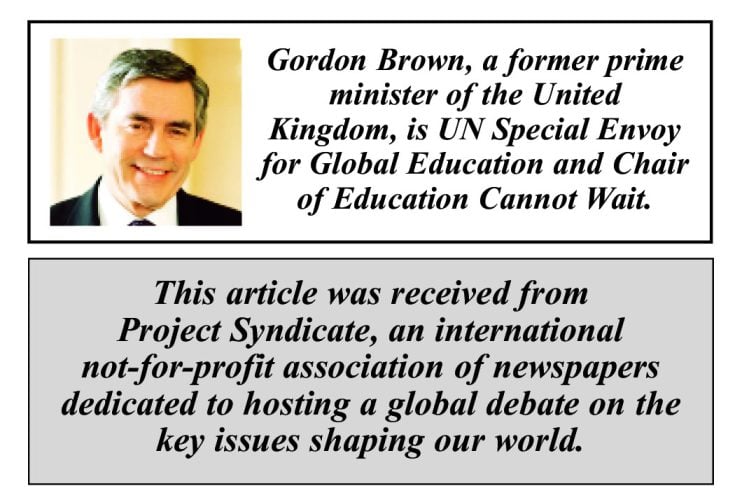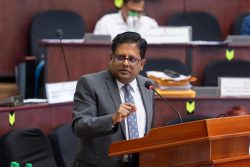EDINBURGH – As many as 500 million children worldwide are either trapped in conflict zones or displaced by war and climate change, putting their right to an education at grave risk. These are the world’s most neglected children, and their urgent educational needs must be at the top of policymakers’ agenda, both now, at the ongoing United Nations Summit of the Future in New York and at next year’s Second World Summit for Social Development.
When Education Cannot Wait was established in 2016, it faced the daunting challenge of supporting roughly 75 million children around the world whose education had been disrupted by crises. Since then, according to the organization’s latest global estimate, the number of crisis-affected children in need of educational support has nearly tripled, reaching 224 million.
In other words, tens of millions of children – their lives upended by conflict, climate shocks, and forced displacement – are being denied an education. Growing up amid chaos and violence, they are deprived of any sense of safety or stability. With crises becoming more protracted and severe, most of these children stand little chance of leading a normal life.
According to the UN Refugee Agency (UNHCR), the average refugee remains displaced for 26 years. The number of people forced to flee their homes has increased steadily over the past decade, reaching a record 117 million in 2023. That means that one in every 69 people on Earth is now a refugee – a 75% increase since 2010. As the conflicts in Gaza, Ukraine, the Democratic Republic of the Congo, Sudan, and the Sahel continue to escalate, this number is expected to grow dramatically.
In recent years, climate change has become one of the main drivers of forced displacement. Since 2020, 62 million children in 27 countries have had their education disrupted by climate disasters. According to UNICEF, nearly one billion children – especially in Sub-Saharan Africa and South Asia – are now at “extremely high risk” of being displaced by climate shocks.
Girls are particularly vulnerable to the climate crisis, because they face a heightened risk of dropping out of school, with potentially devastating long-term consequences. A recent UNESCO study found that primary-school-age girls living in crisis-affected countries are significantly likelier than boys to be out of school. This gender gap widens as they grow older, with governments and education providers struggling to overcome the numerous barriers to girls’ education.
This is an entirely preventable tragedy. Children should not have to wait for wars to end or for the climate crisis to be resolved to access quality education. We must provide displaced children with the education they need to achieve their aspirations before it is too late.
Regrettably, the international community has yet to recognize the scale of this crisis. As the educational needs of displaced children skyrocket, humanitarian funding continues to dwindle. In 2023, according to the Geneva Global Hub for Education in Emergencies, humanitarian education funding fell by 4% compared to the previous year. This decline, the first in a decade, is especially alarming given that education was already chronically underfunded.
The Summit of the Future, together with the 2025 World Summit for Social Development, represents a critical opportunity to reverse this trend. When children are denied access to education, child marriage, child trafficking, and child labor inevitably increase.
(At the current pace of enforcement of international laws and conventions against child marriage, it could take another 300 years to end this abhorrent practice.)
To be sure, solving this problem will not be easy. Economist Jeffrey Sachs has highlighted the harsh financial realities facing low- and middle-income countries grappling with heavy debt burdens and growing youth populations. Most these countries currently allocate only 2-4% of their national income to education – far less than they need to provide quality schooling to all children – rendering the goal of universal access unattainable, even with higher taxes.
Consequently, the international community must urgently mobilize additional financing to ensure access to quality education for children in low-income countries. One potential solution, proposed by Lawrence Summers and N. K. Singh, is to triple the International Development Association’s funding by 2030, with 15% of these funds allocated to educational programs.
But middle-income countries account for the largest share of out-of-school children. Here, the guarantees provided by the International Finance Facility for Education could significantly increase the financial resources available to lower-middle-income countries across Asia, Africa, and Latin America.
At the same time, international policymakers must harness emerging technologies to transform education in the world’s poorest regions, enabling children to learn at their own pace through personalized programs that complement the work of local teachers.
The quest for universal education is the defining social-policy challenge of our time. With progress stalled and the prospects of an entire generation at stake, we must do everything we can to unlock the potential of all children, everywhere. Future generations are counting on us to choose wisely.
Copyright: Project Syndicate, 2024.











